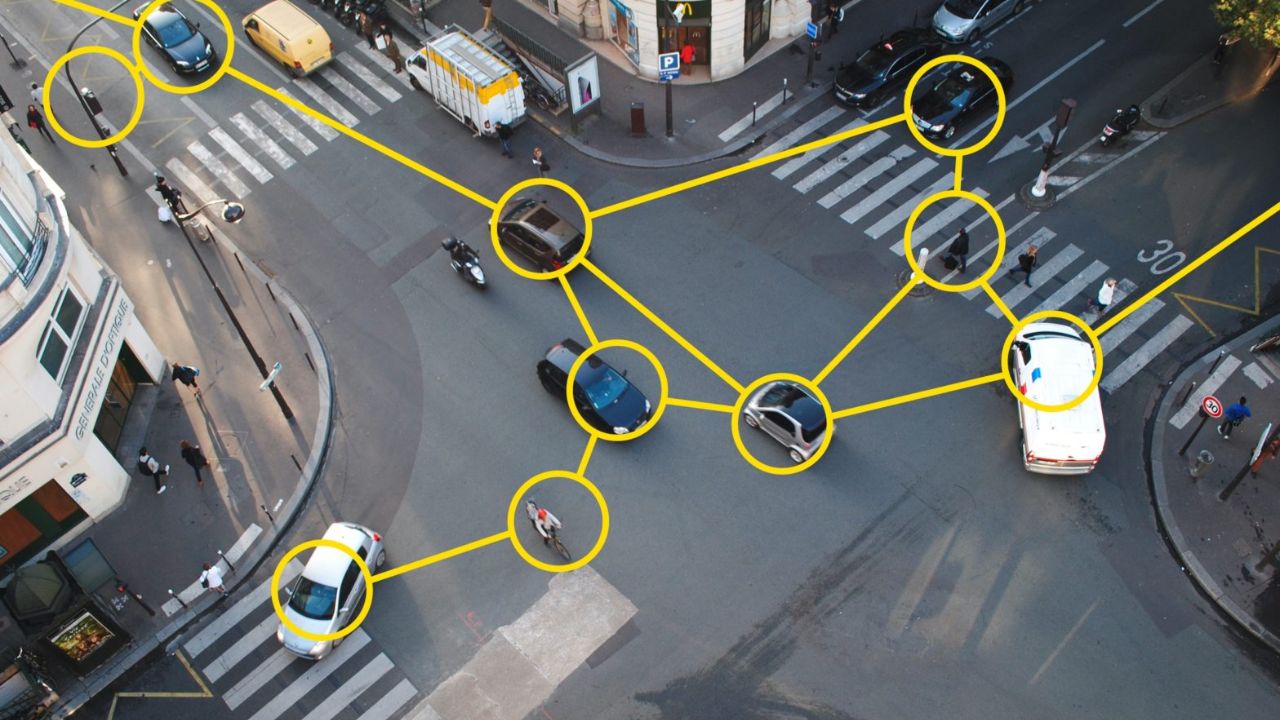The UK government is preparing to roll out AI-powered road safety cameras from September 2025 as part of its strategy to make roads safer and reduce traffic-related incidents. These advanced systems will combine artificial intelligence with modern imaging technology to monitor violations like speeding, red-light running, and other dangerous driving behaviors. By improving accuracy and efficiency, the initiative aims to create a safer environment for drivers, passengers, and pedestrians while ensuring that enforcement is fair and consistent.
Table of Contents
Why AI Cameras Are Being Introduced
For decades, traditional traffic cameras have been the main method of monitoring violations, but they often lacked precision and efficiency. The introduction of AI technology is designed to overcome these limitations by providing real-time, accurate monitoring and reducing errors in violation detection. These cameras will operate around the clock, issue fines faster, and ensure that enforcement is consistent and unbiased. This shift represents a major step forward in how traffic rules are enforced across the UK.
Key Features of the New System
The UK Road Safety AI Cameras 2025 project comes with several advanced features to ensure effectiveness. The cameras will be installed nationwide, with a focus on high-risk highways, busy urban intersections, and accident-prone zones. The system will detect multiple violations simultaneously, automatically link data to vehicle registration records, and issue fines without delays. To address privacy concerns, the cameras are designed to comply fully with GDPR and data protection laws, ensuring that the system is both powerful and legally secure.
Implementation Plan and Timeline

The rollout will begin in September 2025 with a pilot program in high-risk areas to test performance and accuracy. This will be followed by deployments in busy urban zones where red-light violations are frequent, then expanded to major highways and high-speed routes. By late 2026, the system is expected to be fully operational across the country, ensuring a smooth transition and allowing authorities to refine the system based on early feedback.
How Violations Will Be Enforced
The enforcement process is designed to be seamless and accurate. Speeding vehicles or those running red lights will be detected and recorded instantly, complete with timestamped images. AI-powered verification will minimize errors before violations are logged in official databases. Registered owners will then receive fines automatically, reducing delays and ensuring that penalties are applied swiftly and fairly.
Benefits for Road Safety and the Public
This initiative is expected to bring multiple benefits. By discouraging reckless driving, the AI cameras are projected to reduce road accidents significantly. They also promote fairness by eliminating human bias in traffic enforcement. Additionally, the system will cut down the need for excessive policing resources, allowing authorities to allocate manpower to other critical areas. Revenue generated from fines is expected to be reinvested in road safety infrastructure and maintenance, benefiting the public in the long run.
Addressing Public Concerns
As with any new technology, there are public concerns, particularly around privacy and potential over-reliance on fines. The government has assured that strict data protection measures are in place and that the primary goal remains road safety, not revenue generation. Additionally, a transparent appeals process will be available for drivers who believe they have been wrongly penalized, ensuring accountability and fairness in enforcement.
A Step Toward Safer Roads
The AI-powered road safety cameras mark a significant milestone in the UK’s commitment to building safer and smarter road systems. By leveraging advanced technology, the country is not only improving current traffic law enforcement but also paving the way for future innovations in smart roads and autonomous vehicle regulations. Over time, this initiative is expected to transform driving behavior, reduce accident rates, and make UK roads safer for everyone.

